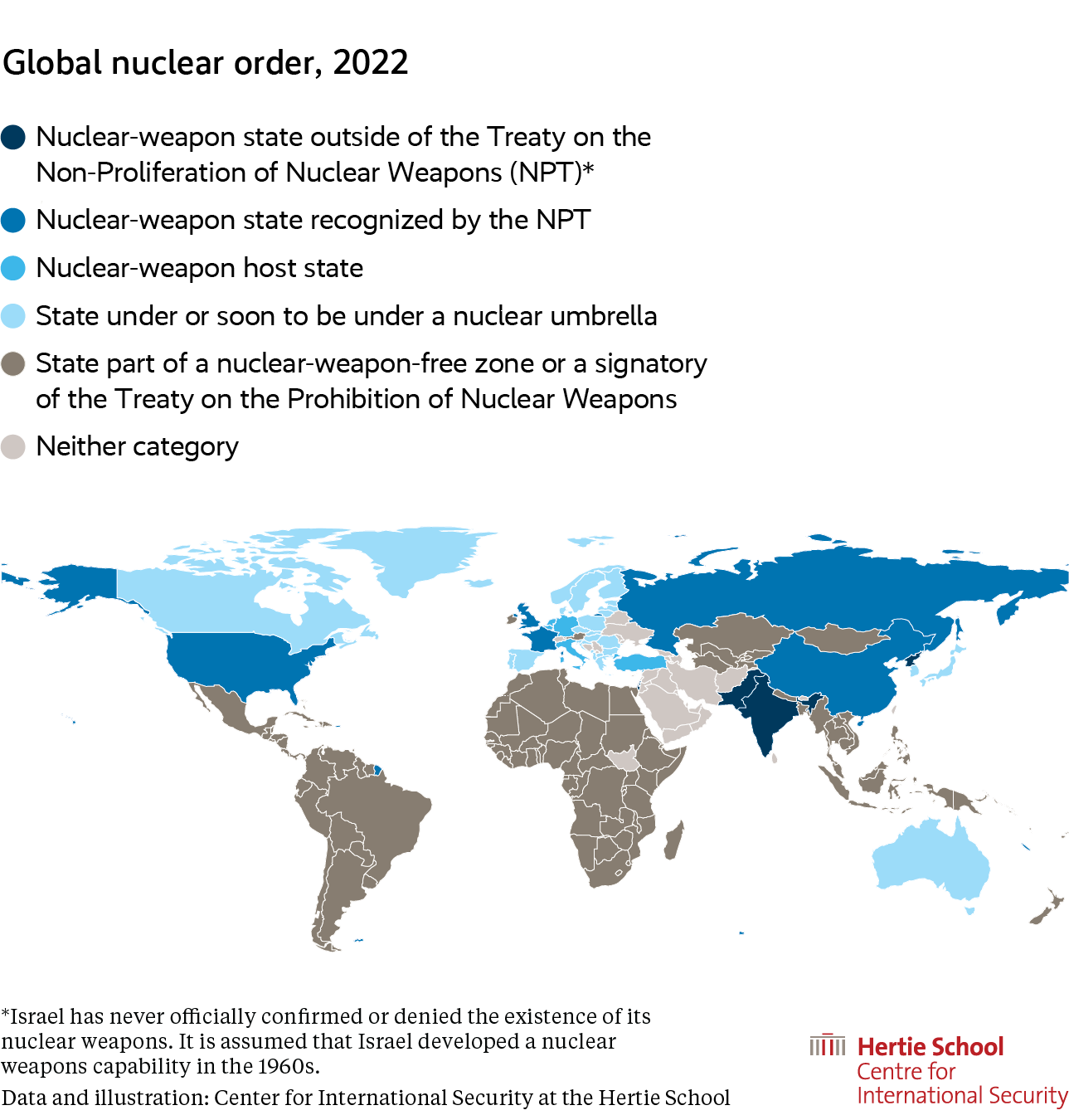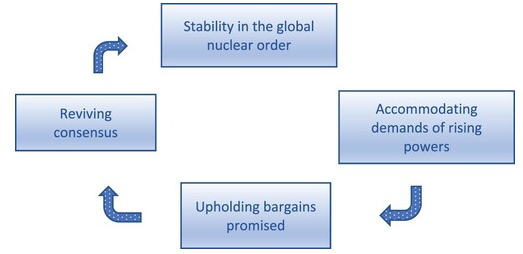900 319 0030
enquiry@shankarias.in
Created in the shadow of the Cold War, the GNO has held reasonably well, but is facing pressures under changing geopolitics
Though the Soviet Union and India enjoyed close relations with the Indo-Soviet Friendship Treaty in 1971, the USSR was committed to upholding the GNO, and a founding member of the London Club.

Since the late 1980s, the U.S. and Soviet arsenals have declined sharply, to below 12,000 bombs today mostly due to the end of the Cold War rivalry and the breakup of the U.S.S.R.

References